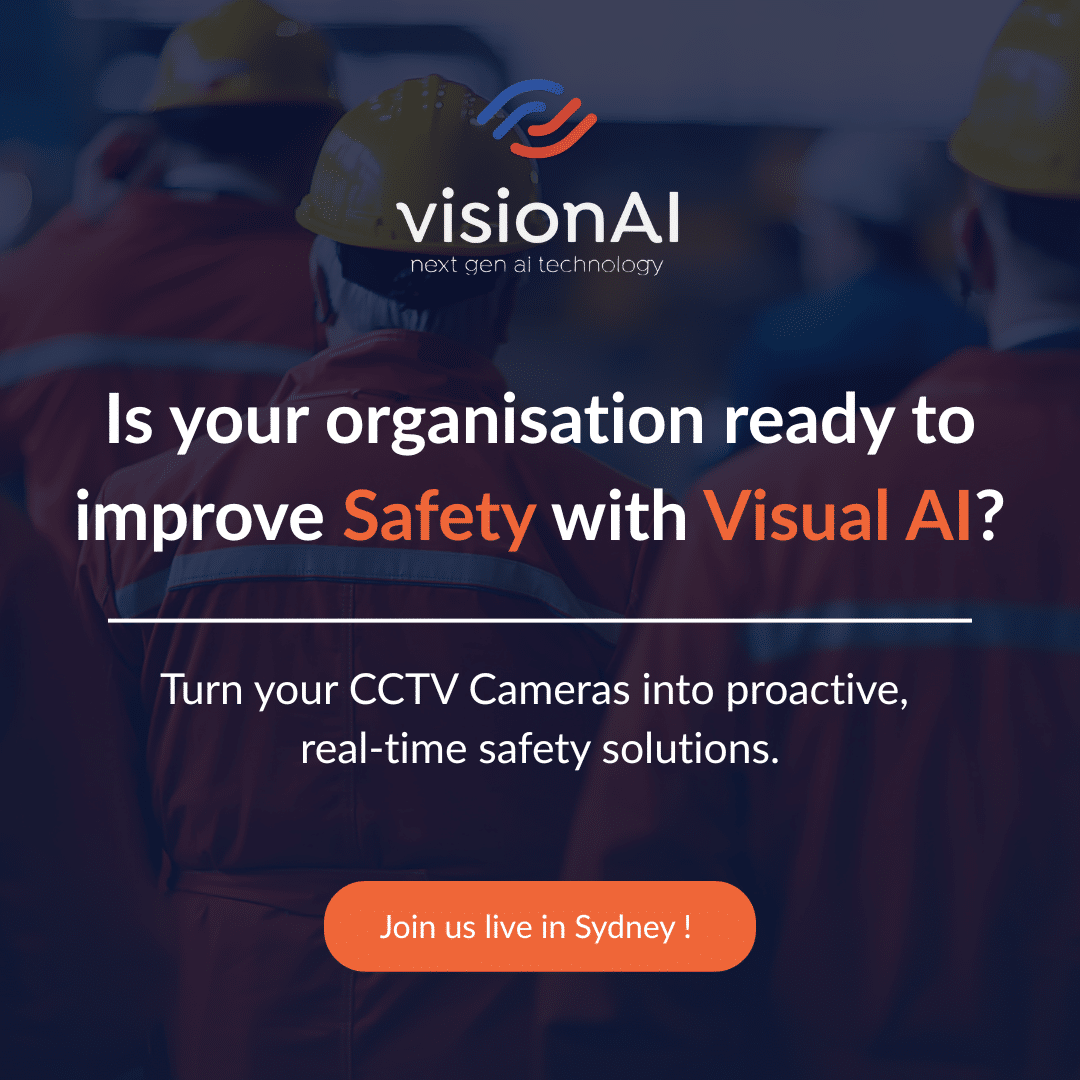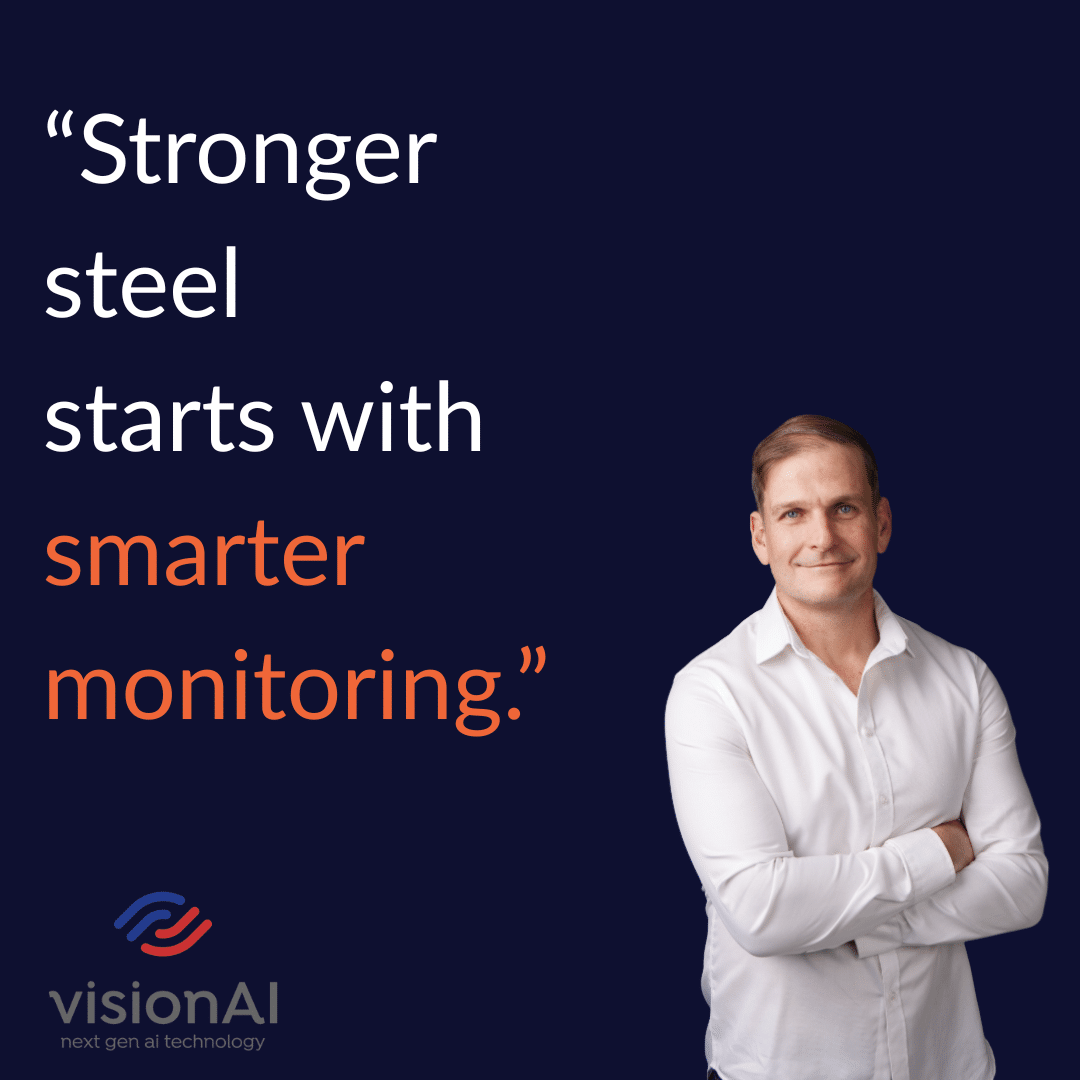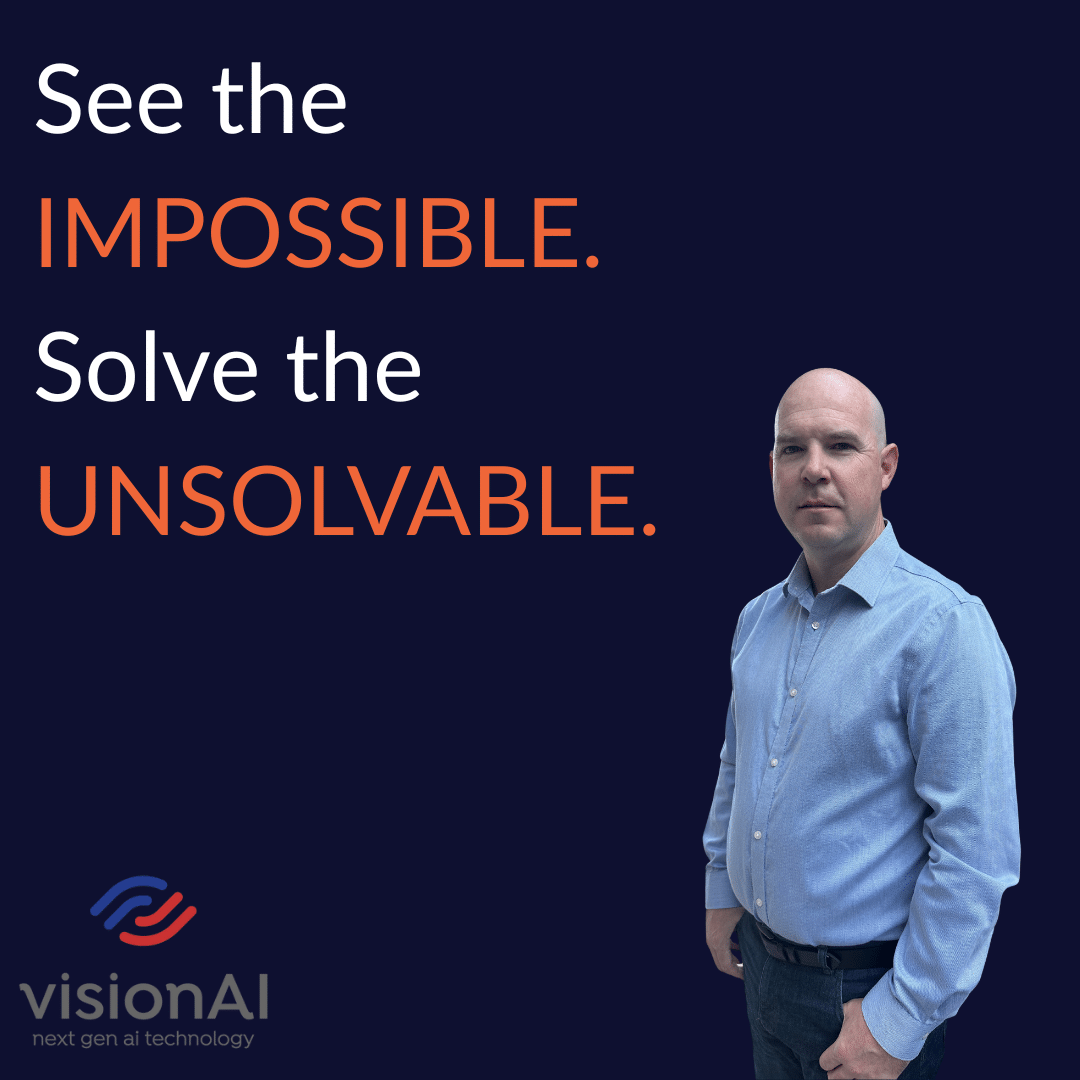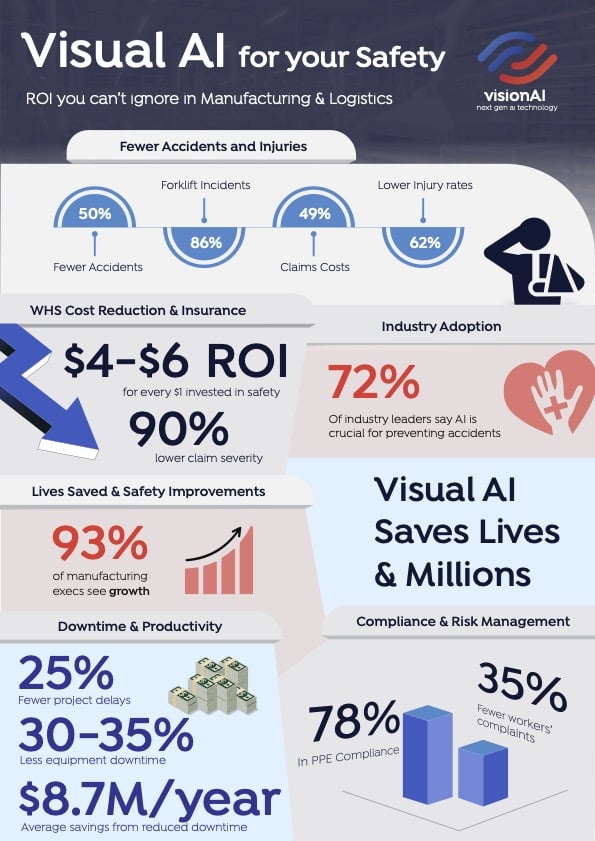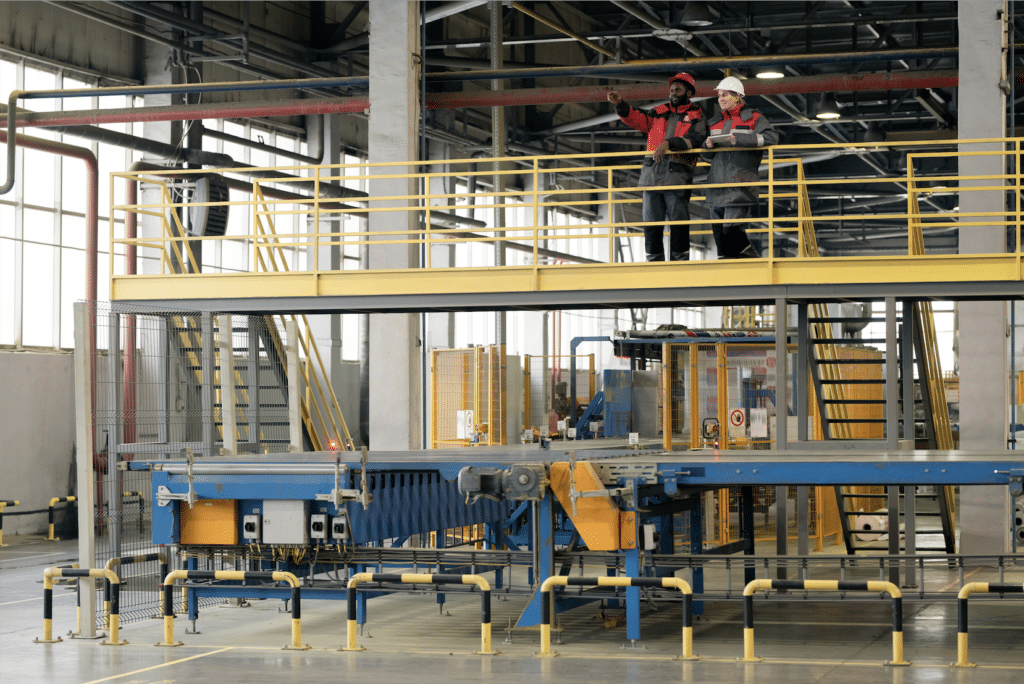
Let’s talk about safety in Australian & the UK workplaces for a minute or two.
If you’re part of a Workplace Health and Safety (WHS) or OHS organisation, you know the struggle is real. Measuring how safe a site is with old-school checklists and after-the-fact incident reports? It’s like trying to herd cats blindfolded.
Most places rely on DIY reporting—workers jotting down “near misses” or filling out forms when they remember. But let’s be honest: people forget, they’re slammed with work, or they just don’t bother.
Then there’s the “Supervisor” issue.
You can’t have someone eyeballing every corner all day—supervisors aren’t superheroes. A warehouse floor, a scaffold, a loading dock? Good luck keeping tabs on it all. Even with cameras everywhere, who’s got the stamina to stare at them nonstop? Picture 8 hours of CCTV footage piling up—trying to spot a missing hard hat or a slippery floor is near impossible. No one’s got the time or sanity to sift through it, and by the time you do, the moment to fix it has passed. It’s frustrating and time-consuming, right?
Now, flip that around: imagine a future where safety isn’t a guessing game.
That’s where AI and Computer Vision come in—and yeah, it’s a bit of a game-changer.
Picture your existing cameras getting a brain, spotting a scaffolder without a harness, a forklift nudging too close to a pedestrian, or a worker missing PPE—all in real time. No waiting for someone to report it or rewatching hours of tape bleary-eyed.
The latest Gartner Hype Cycle says Computer Vision’s hit the “Plateau of Productivity”—it’s not a shiny toy anymore, it’s ready to roll. Think of it like a super-smart safety officer who never sleeps, catching risks before they turn into headaches.
But here’s the reality —building this kind of tech isn’t something most WHS teams can pull off.
Coding AI, training models to spot a trip hazard versus a shadow, keeping it updated, new releases, latest LLM models etc? That’s a whole different ballgame.
So why reinvent the wheel?
The answer is a partnership with an AI &CV platform provider that has the tech to plug into existing CCTV and begins the extraordinary process of recording safety issues for the Customer and the WHS organisation. For example, one clip shows it flagging a worker stepping into a danger zone, instantly. You don’t need a tech degree to make it work; you just need a partner who’s already cracked the code.
So, what’s the future look like?
Safer sites, hands down, with some seriously cool possibilities. Imagine AI pinging your phone about a wobbly ladder before it collapses—say, a shaky scaffold on a windy day gets flagged because the system spots it swaying too much. Or picture it is predicting a machine breakdown: maybe a conveyor belt’s motor starts making weird vibrations, and the AI nudges you to check it before it jams and sends boxes flying. How about a busy warehouse where a spill happens—coffee, oil, whatever—and the system catches it instantly, alerting the crew to mop it up before someone slips? Or think of a night shift where fatigue’s a risk—AI could track workers’ movements, notice someone’s stumbling a bit too much, and suggest a break before they trip over a pallet.
It’s not sci-fi—it’s happening now, turning reactive fixes into proactive wins. Even the 3-metre rule between Forklift and Human is now being manage by the visionAI Platform, sending alerts and producing a daily picture of the dangers…
Safety organisations that jump on this with a solid partner will set the bar, keeping their people safe without drowning in paperwork, outdated methods, or tech woes.
To see what other OHS / WHS organisations are doing with visionAI, and to discuss a possible Partnership (note, limited Partners accepted), please email:
Peter Whalley
Grant Sidewell
Visit our Workhealth & Safety Page

Useful Source:
“Occupational safety and health in Europe – state and trends 2023″ by the European Agency for Safety and Health at Work
Measuring and Reporting WHS information (Dr Sharron O’Neill, Associated Professor, UNSW)
Australian WHS Survey Autumn 2023
https://www.linkedin.com/pulse/rethinking-occupational-health-safety-metrics-moving-beyond/

